Is Fluted Wood Paneling Outdated? What History Tells Us About This Design Trend
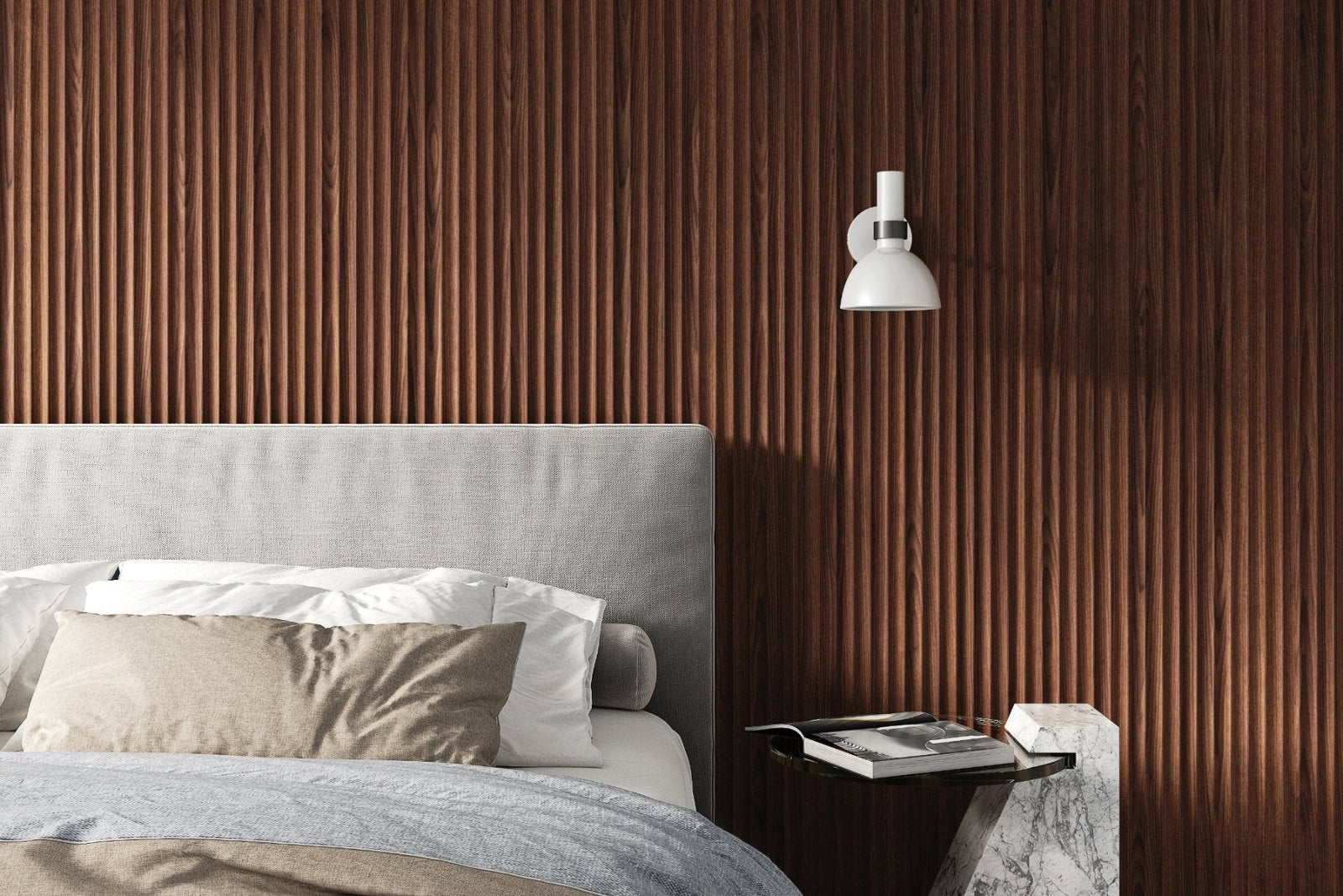
Wood paneling has been a defining interior feature across centuries, continents, and styles, from stately European estates to mid-century modern homes and even the humble North American basement.
Today, it’s experiencing a revival, reimagined through elevated materials and thoughtful design. But how did we get here? And how do you choose the right product for your space?
This guide walks you through the history of wood paneling, its shifting cultural associations, the wide range of options available today, and how to ensure your wall paneling stands the test of time.
A Brief History of Wood Paneling
Fluted wood paneling has deep historical roots. As far back as the Middle Ages, carved wood was used in the interiors of castles, churches, and manor homes.
In 17th and 18th century Europe and colonial America, wood paneling evolved into more structured wall systems such as wainscoting, board-and-batten, and shiplap, designed not just for aesthetics but to protect walls from scuffs and moisture.
In early American homes, interiors were often lined with wide wooden planks for practical reasons. These wood panels, sometimes made of pine, oak, or fir, were easy to source and served as both finish and structure. The look was inherently simple, raw, and utilitarian, and would go on to influence today's farmhouse and cottage-style interiors.
The Mid-Century: The Golden Era of Wood Paneling
By the mid-20th century, wood paneling had evolved into a symbol of modern sophistication. Mid-century modern architects embraced clean lines, natural materials, and open floor plans. Wood panels were the perfect solution for warm, seamless wall treatments.
Walnut veneer, teak, rosewood, and other richly grained woods became synonymous with high-end design. Panels were often custom-milled and installed floor-to-ceiling, unifying entire rooms in a single material. These interiors emphasized harmony between form and function, which is a core tenet of mid-century design.
Far from rustic or utilitarian, this era of wood paneling was about refinement. It created calm, elegant environments where the architecture itself became the decoration.
The Decline: Faux Paneling in the ’70s and ’80s
Unfortunately, the affordability and accessibility of synthetic materials in the ’70s and ’80s gave rise to a much less celebrated chapter in wood paneling’s history. Thin MDF panels printed with faux woodgrain patterns flooded the market.
These sheets were mass-produced, low-cost, and easy to install, perfect for basement renos, rec rooms, and cottages. But the aesthetics often left much to be desired. Over time, this iteration of wood paneling became synonymous with dark, dated interiors and low-quality construction.
For many, the mental image of “wood paneling” still lives in that era, peeling edges, yellowing finishes, and a claustrophobic feel.
Wood Paneling Today: A Modern Revival
In recent years, wood paneling has come full circle. Designers, architects, and homeowners are rediscovering its warmth, texture, and timeless appeal. But today’s paneling looks very different from its 1980s counterparts, both in aesthetics and in quality.
Here's a look at some of the most popular types of wood paneling available today:
1. Wood Slat Wall Panels
These are arguably the most influential paneling style of the past few years. Typically composed of evenly spaced vertical slats mounted to a backing panel (often with acoustic felt), slat wall panels offer modern visual rhythm and sculptural dimension.
Popular materials: Real wood veneer over MDF or plywood; sometimes solid wood
Common uses: Feature walls, TV surrounds, entryways, podcast studios, retail spaces
Design tip: Wider slats offer a more contemporary, minimalist feel, while narrow slats give a tighter, more traditional look.
Beware: Just like the faux paneling of the 80s that dated so poorly, there are many faux laminate options on the market, which are wrapped in a plastic film with a fake wood grain printed on it. While it might look good online, it will always look tacky in person. Ensure your paneling is made with a real hardwood veneer to ensure it stands the test of time.
2. Fluted Wood Panels
Inspired by classical architecture and mid-century design, fluted wood paneling features rounded or concave grooves carved into the surface of the wood. It adds a rich sense of texture and plays beautifully with light and shadow.
Popular materials: MDF wrapped in real wood veneer like oak or walnut
Common uses: Built-ins, kitchen islands, bedroom walls, reception desks
Design tip: Use it to soften minimalist spaces or to add depth to small areas like hallways or powder rooms.
3. Tongue-and-Groove Wood Paneling
This classic joinery technique is having a resurgence. Tongue-and-groove panels interlock, creating a tight seam that’s both durable and visually cohesive. It works just as well in modern interiors as it does in cottages or cabins.
Popular materials: Solid wood in cedar (outdoors) pine, or douglas fir, MDF core and walnut or oak surface veneer, tongue-and-groove panels with primed surface for painting.
Common uses: Ceilings, accent walls, sauna or spa environments, exterior siding and soffits.
Design tip: Run panels vertically to elongate a space, or horizontally for a more relaxed, coastal vibe.
4. Shiplap and Board-and-Batten
While often associated with farmhouse or coastal design, these traditional styles have evolved. Clean, modern versions of shiplap (with tighter gaps and painted finishes) are being used in transitional and even contemporary homes.

Popular materials: Pine, poplar, MDF, PVC
Common uses: Entryways, bathrooms, laundry rooms, bedrooms
Design tip: Consider using painted board-and-batten in muted earth tones for a contemporary twist.
Is Wood Paneling Outdated?
A common question that comes up: Is wall paneling out of style? The short answer is: it depends on what you’re using and how you’re using it.
Trends come and go. Wood slat walls may one day give way to something else, but well-designed wood paneling, made from real materials, tends to age gracefully. And more importantly, if you’re planning to live in your home for five years or more, style longevity shouldn’t be your main concern. You should design a space you love.
That said, the quality of materials is the biggest factor in whether your paneling will still look good years down the line.
Picture two identical walls:
One is clad with real walnut veneer, properly installed, sealed, and finished.
The other is made with a peel-and-stick contact-paper-style faux panel.
They might look similar on day one. But after five years, the faux version will likely show peeling corners, faded grain, or even discoloration. The real walnut wall, on the other hand, will have developed a richer patina, subtle wear that adds character, and a finish that still looks intentional.
The difference becomes a space that feels authentically aged and timeless, compared to one that feels tacky and tired.
So no, wood paneling isn’t outdated, but cheap paneling is.
Conclusion: Choosing the Right Paneling for Your Space
Whether you’re renovating a powder room, designing a retail space, or building your dream home, wood paneling offers one of the most versatile and transformative tools in your design toolkit.
There are more choices than ever, from high-end custom millwork to ready-to-install veneer panels. Prices vary widely, so think carefully about your priorities:
Budget: Set a range, but prioritize investing in better materials for areas that matter most.
Material: Look for real wood veneer or solid wood if longevity is a priority.
Installation: Prefab panels can often be DIYed; custom millwork typically requires a pro.
Ultimately, the best wood paneling balances visual appeal, durability, and quality materials that will continue to look beautiful as they age.
Need help picking the right paneling for your project?
We offer a curated collection of fluted wood paneling and slatted wood panels, all crafted with real wood veneer for long-lasting beauty. Whether you’re a homeowner or designer, there’s a paneling style that will bring your project to life.
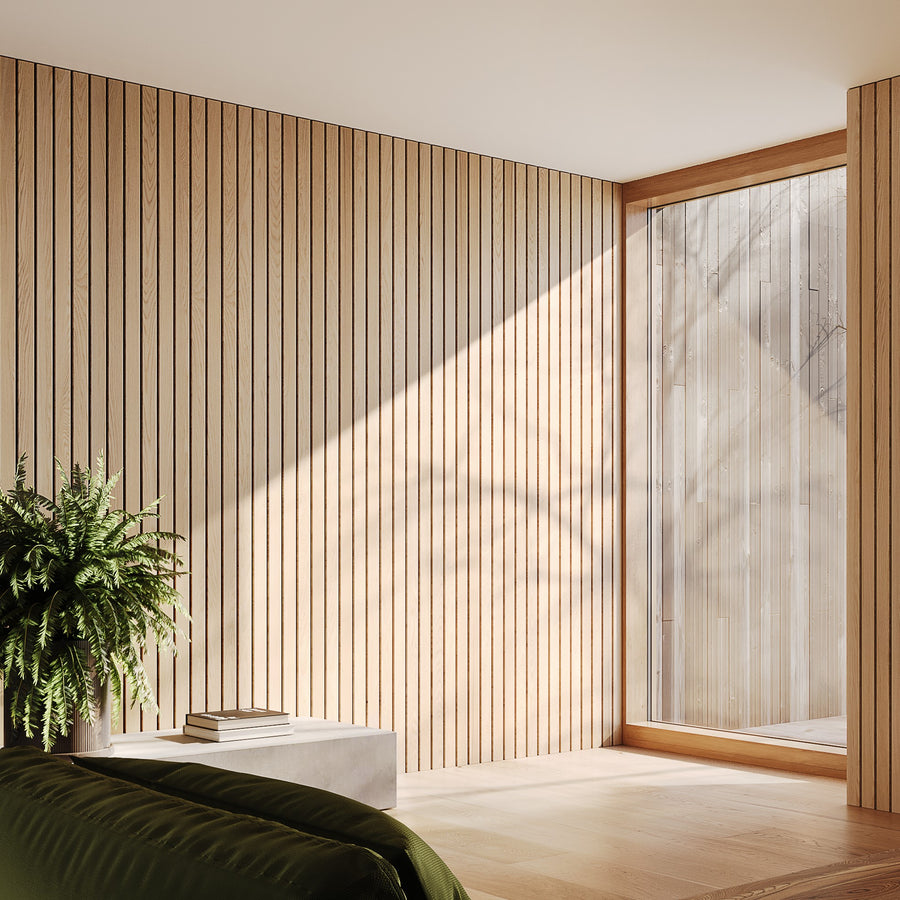
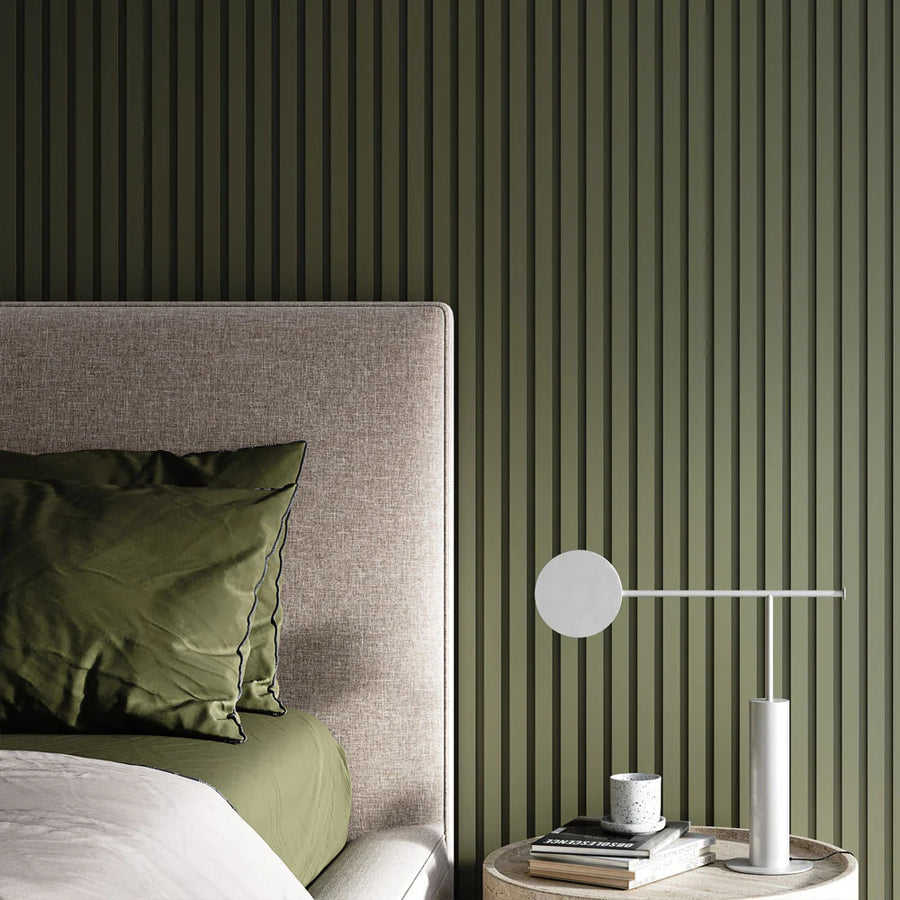
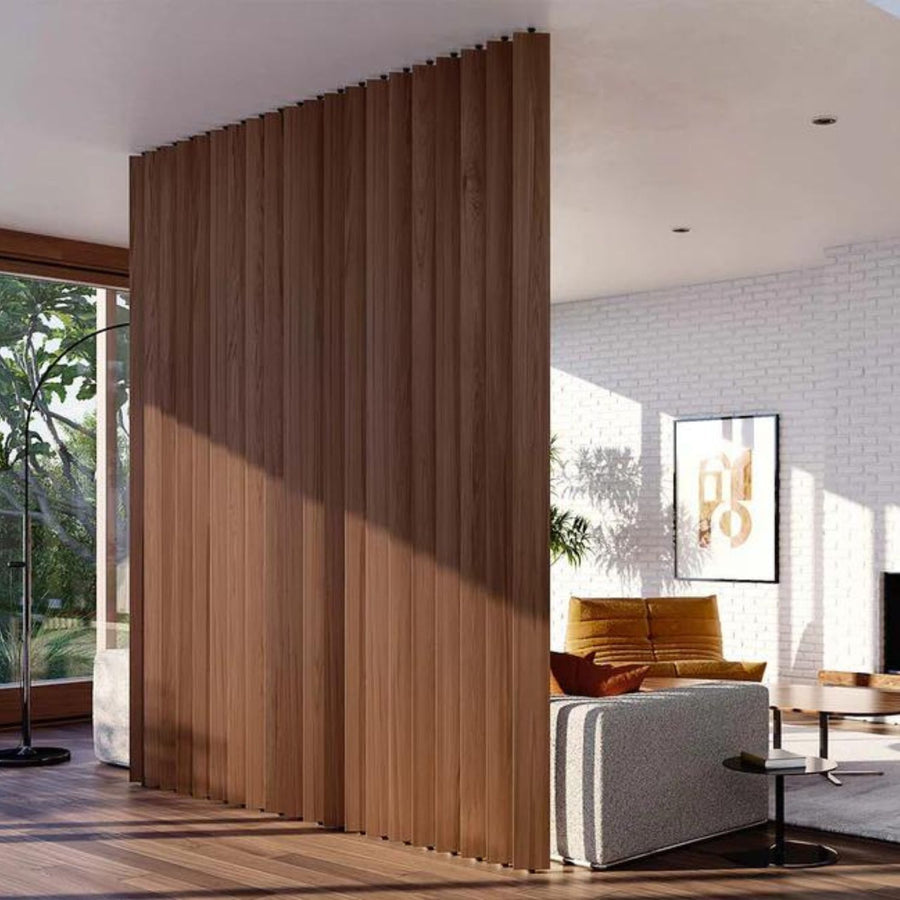
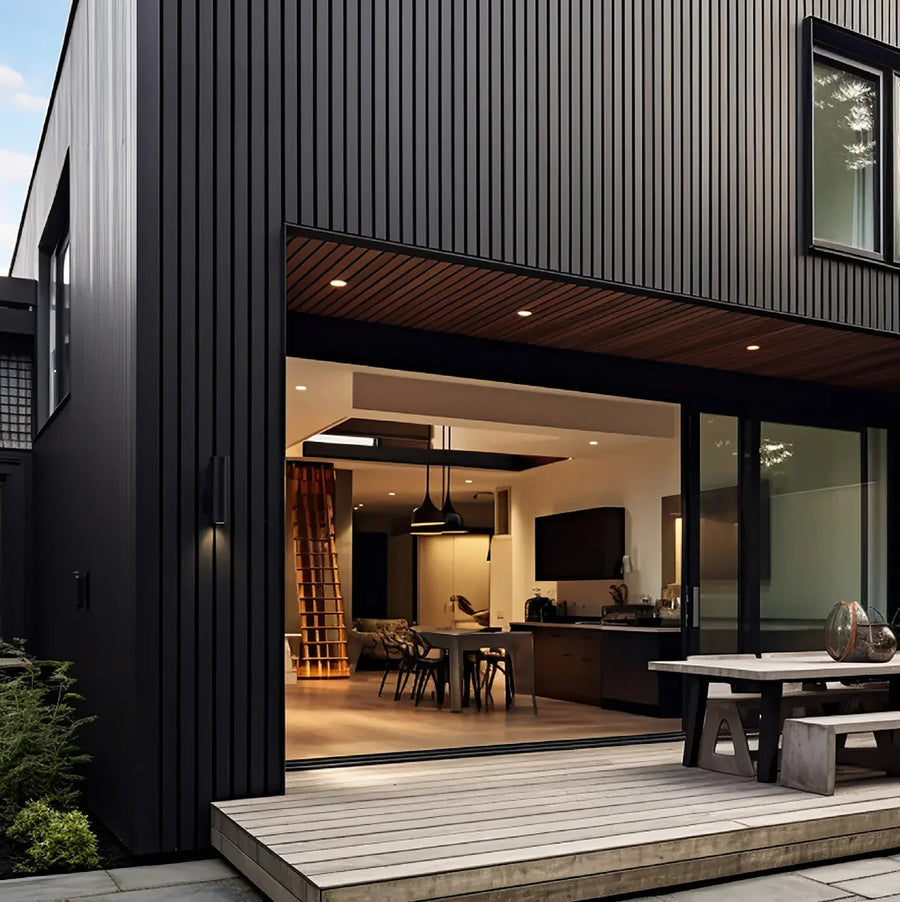
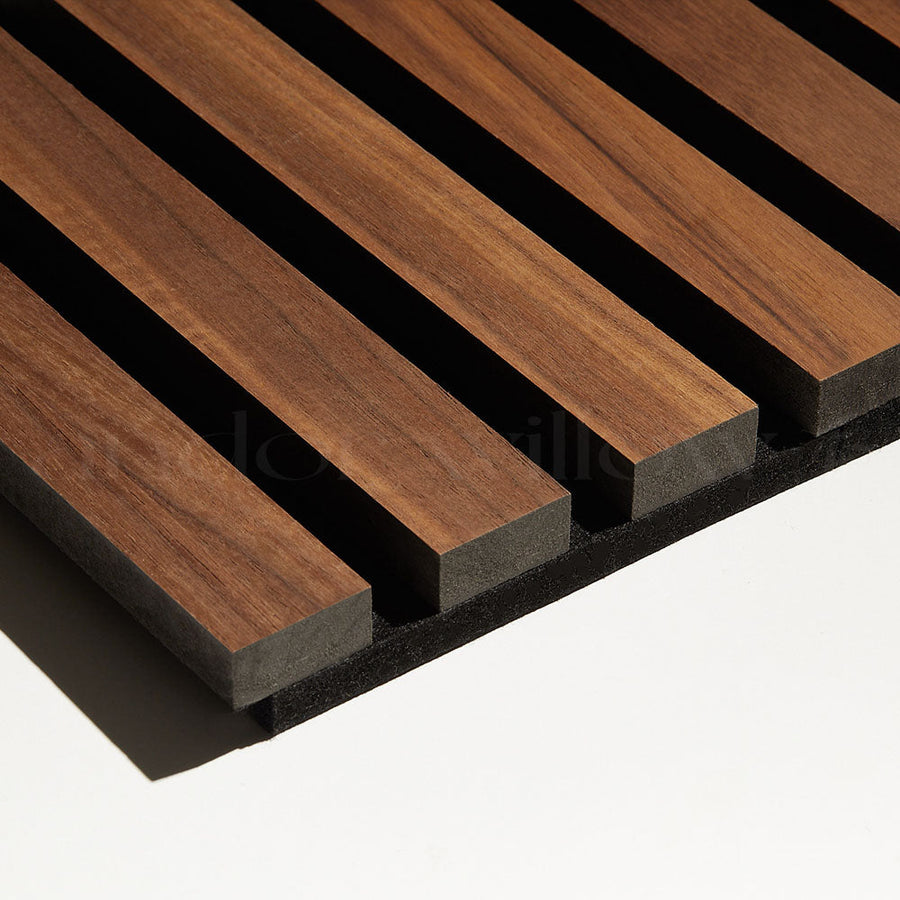
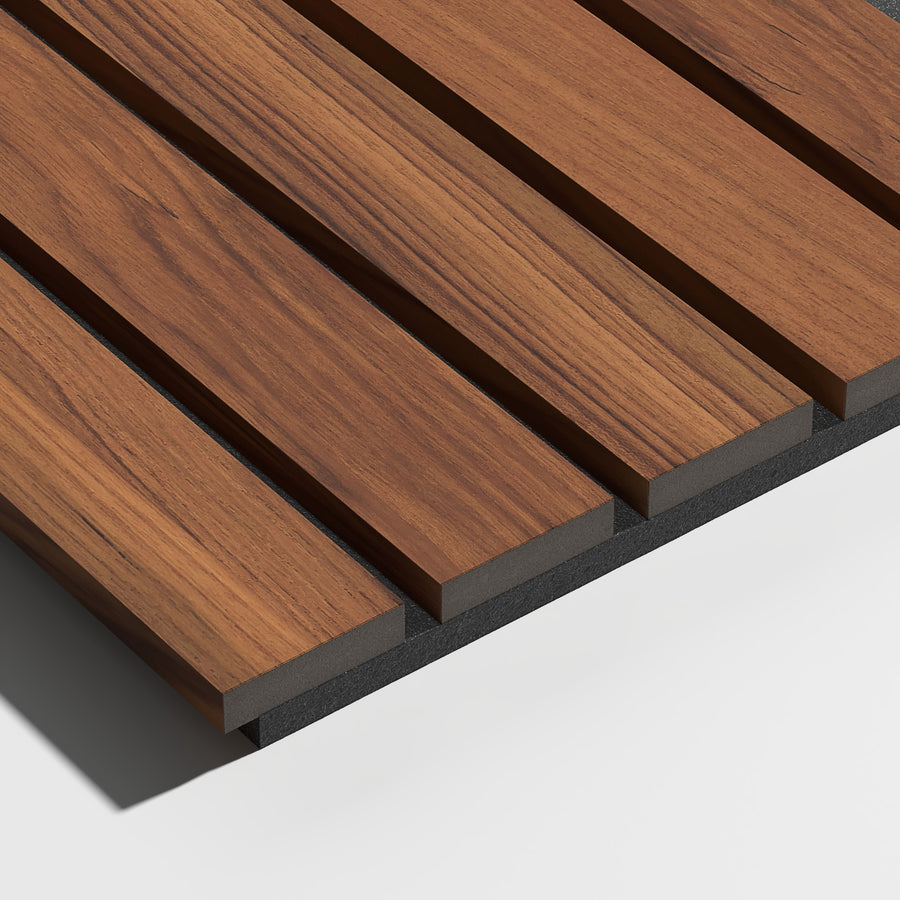


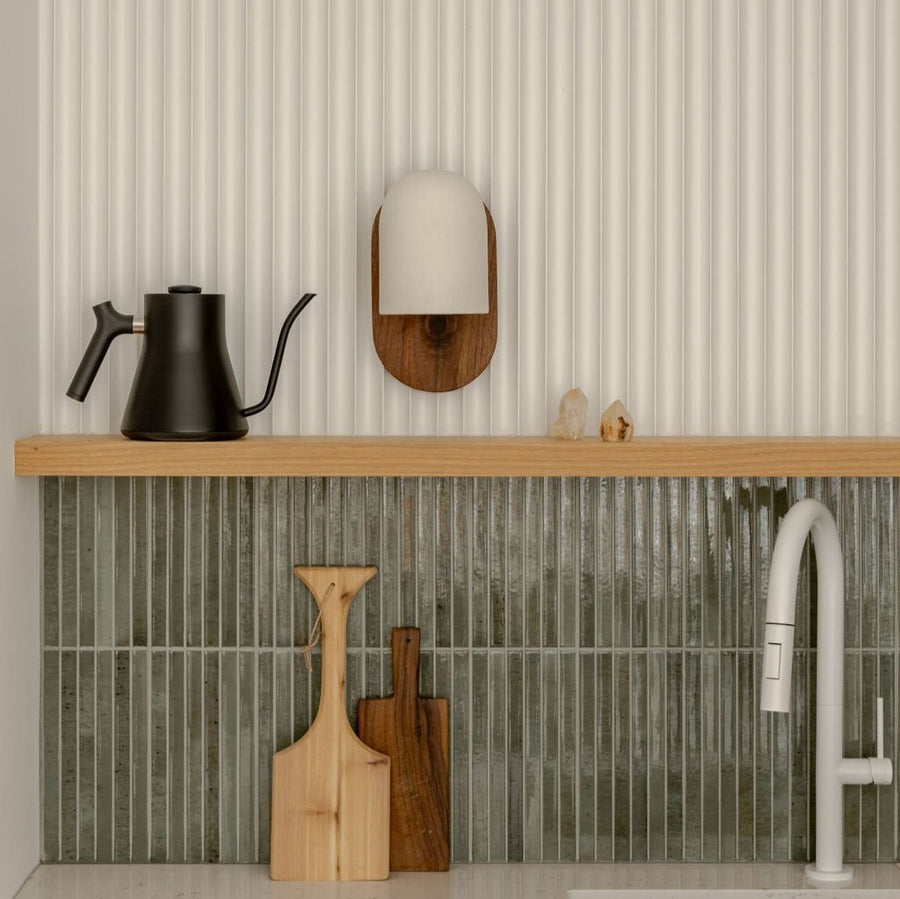
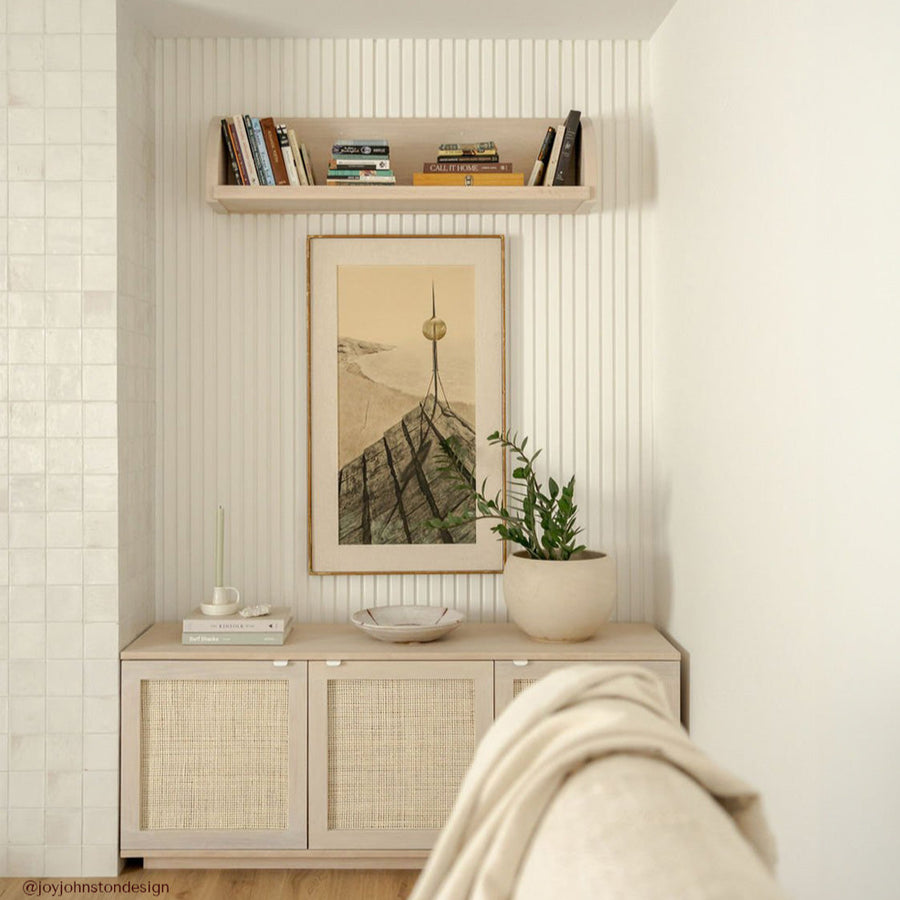
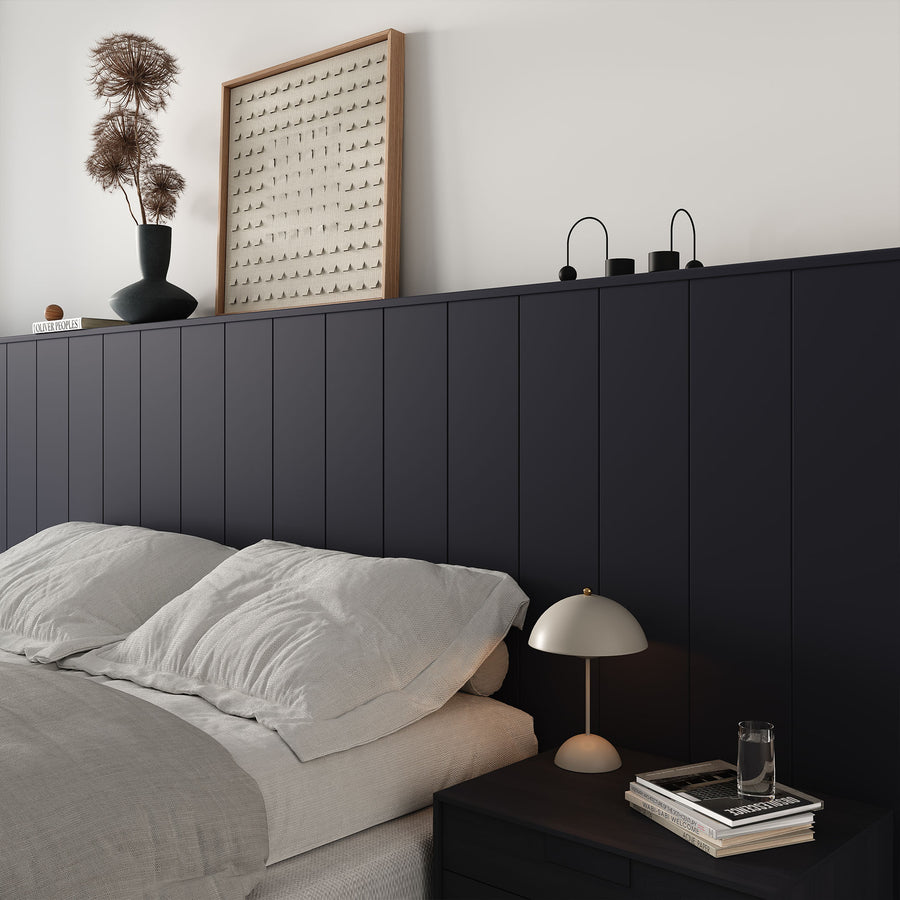
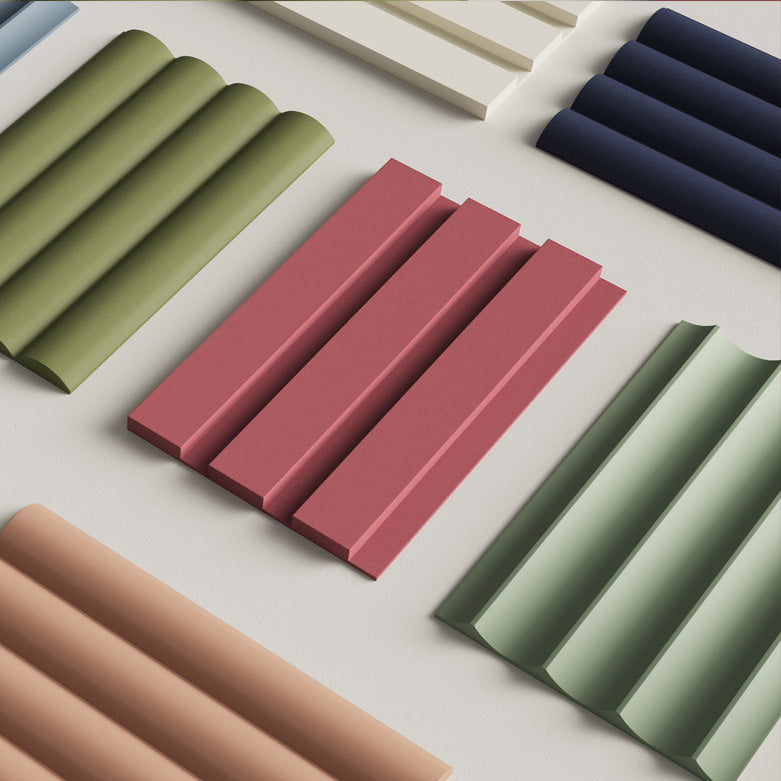















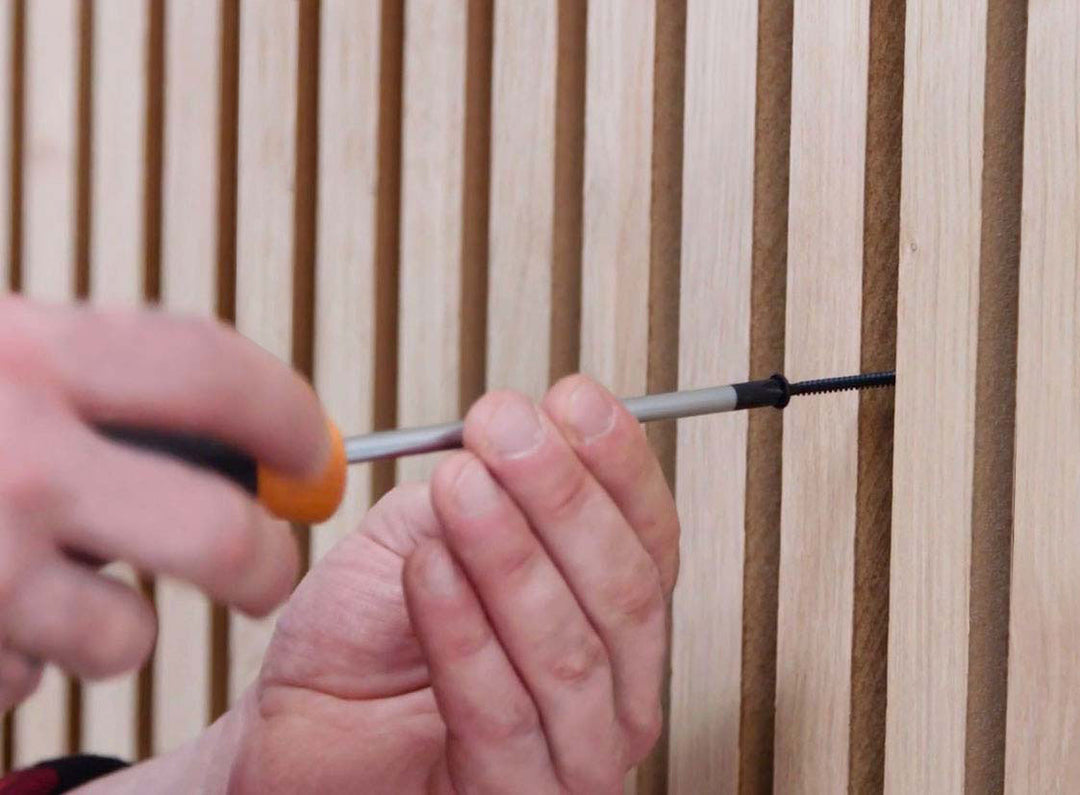

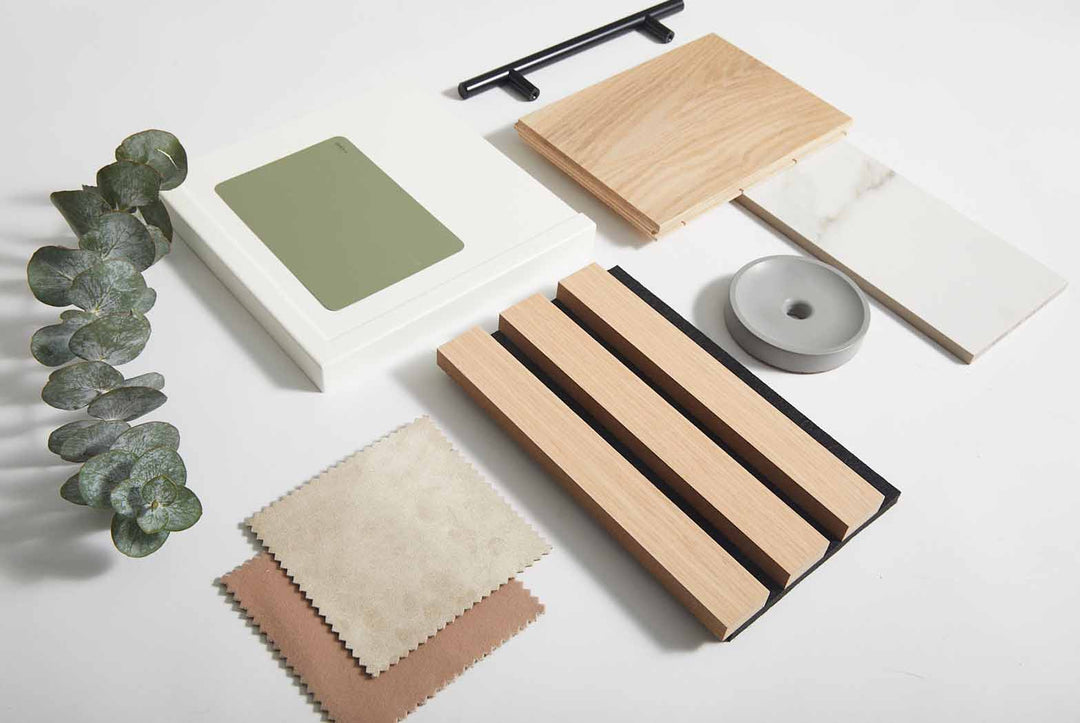












Leave a comment